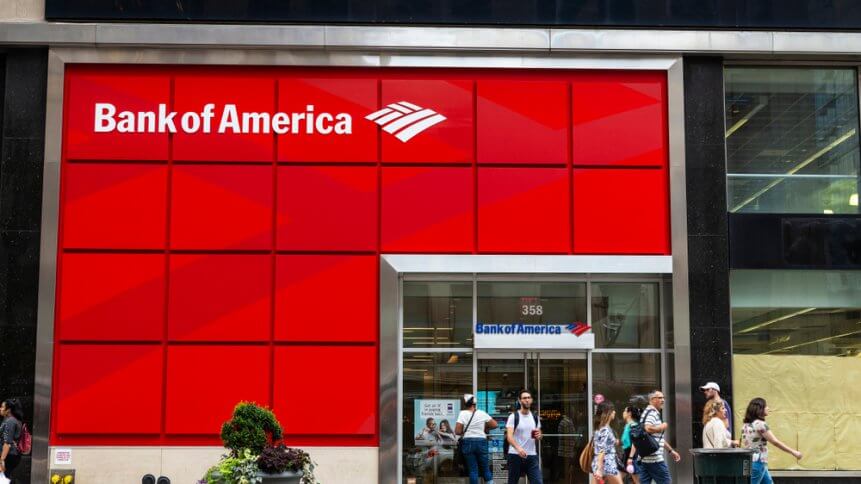Virtual assistants are helping to keep banks in check

With major states in the US like New York and California implementing stringent methods to combat the pandemic, non-essential businesses like barbershops, tattoo parlors, and indoor shopping malls are instructed to close, whereas essential services like banks and related financial institutions are exempt from those orders.
In response to the pandemic, many banks are even switching to drive-throughs and ATM services.
One of the largest US banks, JPMorgan Chase announced the closure of 20 percent of its branches this month. However, about 4,000 branches remain open to continue essential banking services. A majority of these outlets are geared with drive-through windows and glass that separates tellers and customers, maintaining a safe distance for interaction.
“Chase is open for business in every one of our markets, with bankers in our branches ready to help customers across our entire footprint,” JPMorgan spokesperson, Trish Wexler, said in an emailed statement.
Meanwhile, Bank of America (BoA) reduced the working hours of branches from 10am to 4pm local time, Monday to Friday. Remaining hours are allocated for sanitization processes and maintenance. The bank had also added 1,700 people to its workforce as a surge in customer service demand has increased consistently amid the pandemic.
While banks strive to maintain the personal touch and human interaction in a digital era, the ongoing pandemic presents another hurdle — further minimizing face-to-face contact between businesses and customers.
Struggling to retain a human connection, banks are now looking at customer-facing technology that can both fulfil services, but also sustains a line of interactive communication with account-holders, especially as demand is peaking. With this in mind, virtual assistant tech is proving a popular choice.
BoA customers might be familiar with ‘Erica’, a virtual assistant that has served up to 10 million users via the bank’s online banking platform and mobile apps. Erica can help customers complete simple tasks like check account status, pay bills, and transfer money, to more complex tasks such as depositing checks through secured and convenient means.
YOU MIGHT LIKE

2020 marks the golden decade of banks and technology
Numerica Credit Union, meanwhile, recruited a customized version of Amazon’s Alexa as far back as 2018. Customers of the credit union can use the virtual assistant to cancel a stolen or lost card, complete an auto loan or credit card payment, and more.
This is a new area of opportunity as banks and financial institutions are looking towards integrating banking services with technology consumers are familiar with. But the move towards virtual assistants also comes as a bricks-and-mortar presence is on a general decline.
Real estate company JLL reported that banks are decommissioning branches at an unprecedented pace. With approximately 1,700 branches closed in the fiscal year 2019, there is a gap between sustaining personal engagement with customers and operating fully-fledged banking services digitally.
Like we’re seeing with other industries – whether it’s payment technology in retail or robotics in warehouses – action taken as a result the coronavirus outbreak could accelerate a transition further towards digital, automated processes.
However, it’s unlikely that we’ll see the end of physical branches any time too soon.
The integration of customer-facing technology like virtual assistants is proving to be valuable given the circumstances but, like physical retailers increasingly pushing to providing experiential value, new branches are geared with high-tech facilities that provide next-gen services that can’t be replicated online.
Essentially, the decision to open new branches will vary for individual banks; factors like local market scale, area density, the bank’s competitive presence, and growth strategy are calculated in that decision. Oh, and some people still like talking to a human, face-to-face, as well.









